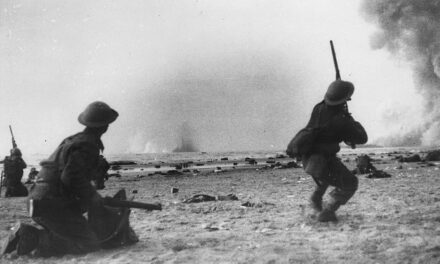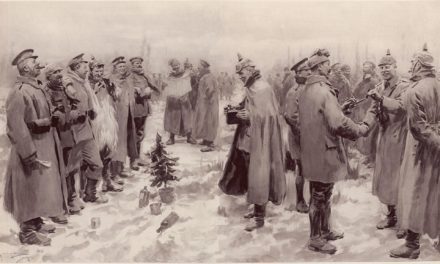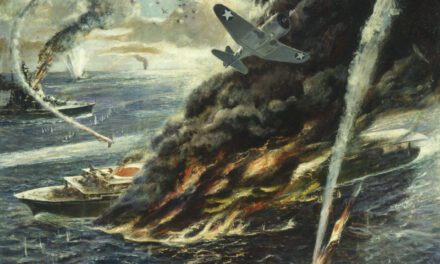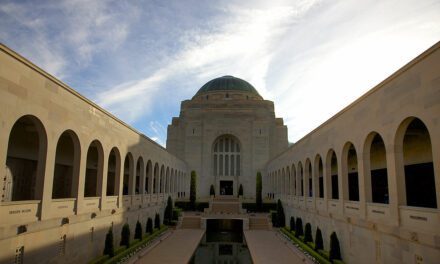Reading time: 7 minutes
Although it is difficult to calculate exactly how many Burmese personnel were recruited by SOE for operations within the country, we do know that it was in excess of 20,000. Those personnel represented at least fourteen different ethnic communities, from the majority Burman (Bamar) and well known Shan, Karen, Kachin, Chin, and Arakanese (Rakhine) peoples, to the less heard about Palaung, Kuki, and Lahu. Also included were nationalities who had large populations in Burma, such as the Gurkhas, Indians, and Chinese. Add to this the Anglo-Burman, Indo-Burman and other mixed ethnicity personnel, for example Shan-Kadu, and it is clear that there was a huge contribution made to Force 136 operations by non-Caucasian peoples. As my research for the Men of SOE Burma page has revealed, finding out about Asian Special Forces personnel in Second World War Burma has many obstacles.
While there are fifteen files of records for indigenous SOE Burma personnel in the HS series in the National Archives, there is no way that we will ever know about all these indigenous personnel in the way that research into British personnel is possible. Many of the men Force 136 recruited were picked up on operations, and therefore either no record was made in the field or it has not survived. There are, of course, beyond archives, other ways for historians to uncover these ‘hidden’ histories of people who, in the case of Burma, contributed to the well known success of Field Marshal Slim and his XIV Army. This post is about one of these ‘hidden’ men, Subedar Saw Noe.
Subedar Saw Noe was a Karen from the Loikaw area. He passed away on 14 June 2015, aged 102. Before the war, Saw Noe worked in the Forestry business. According to his granddaughter, Saw Noe had kept his forestry uniform for when he passed away, and had prepared for his funeral by purchasing a coffin. In fact, he lived long enough that he gave away three such coffins to relatives before he was finally laid to rest in his fourth and final coffin.
Saw Noe may have been recruited by SOE’s Oriental Mission in 1942, fighting in the first Burma campaign, but he was certainly on the strength of Force 136 by 1945, although no record for him exists in those fifteen files mentioned above. The rank of Subedar, which was a Viceroy’s commissioned rank, indicates someone quite senior in the hierarchy of the Indian Army; it is a rank that a career soldier would take most of his service to achieve. This therefore indicates that Saw Noe was in all probability a capable man who had significant responsibility. It also indicates that the gap in records for Burma personnel may leave us without important pieces of certain jigsaws of our understanding.
In 2011, midway through my PhD, I found an online article by the journalist Andrew Drummond. That article can now be found here, but the original website which it was published with has long gone. On the original website, I left a message, saying that I was researching SOE in Burma and would be interested to know anything more about the veterans discussed inn the news article. I was not contacted by the journalist, however my message was picked up by two other people. The first respondent was Saw Pele, Saw Noe’s son-in-law. Having made contact, Saw Pele handed over to his niece, and so began a series of correspondence with Saw Noe’s granddaughter, and through her, Saw Noe himself:

In the first email in response to the message I left on the comments part of the article, there was an attached message from Saw Noe where he had written that he had served in the Second World War and that the Red Cross had given him a letter which was attached. Interestingly, he signed off his unit as ‘Force 136 (Spider Group)’. It is not mentioned much in the British archives, and at this point I had never heard of Force 136 guerrillas being known as ‘Spider Group’, but it turns out that SOE recruits were given an arm band for identification:
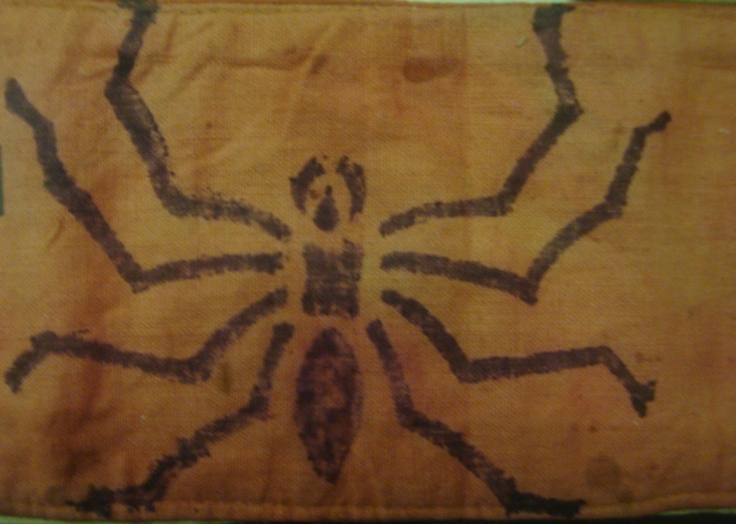
In his 90s, Saw Noe was not in good health, but he was very keen to talk about the war and his role in it. In part, this was in the hope of receiving some pension to help with medical expenses. With war’s end, the British officers who had served in the Burma jungle were withdrawn and within three years, the country gained independence from the British Empire. Many of those who served were left behind with little recognition for their war work except some pieces of paper:
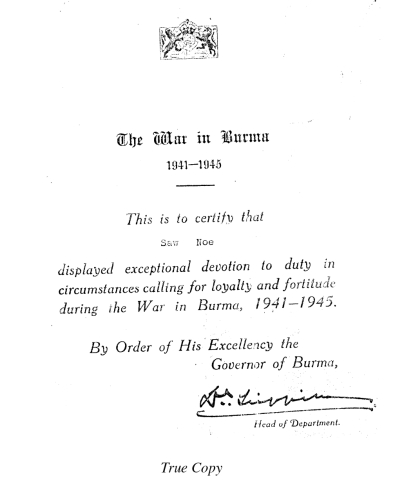

Subedar Saw Noe, as seen above, was responsible for ‘liaison between the British officers and the Headmen’ as well as ‘organising working parties and Elephant and coolie transport.’ It also states that he ‘organised stores and records of service and pay for Levies and Homeguards.’ This latter is a reference to the two different types of recruit that SOE employed; the levies were mobile guerrillas, willing to travel away from their villages, while the homeguard, as the name suggests, were armed and trained to protect the villages from the Japanese. A further attachments is signed by Lt.Col. Edgar Peacock, who was in charge of the Otter area of Operation Character:
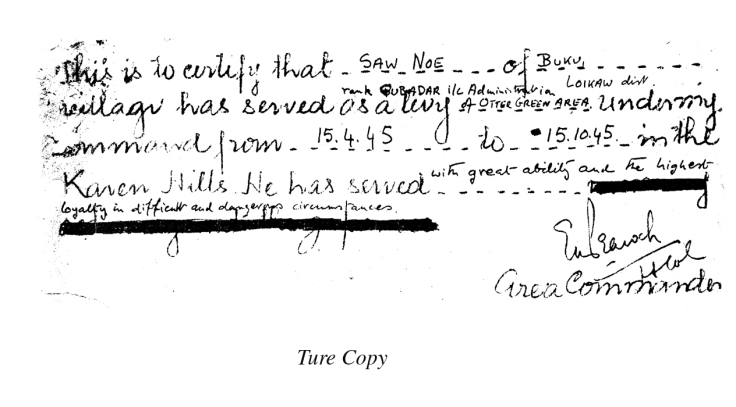
This document reveals that Saw Noe served in command of administration in the Green area of Otter, stating that he did so ‘with great ability and the highest loyalty in difficult and dangerous circumstances.’ In many ways, it is remarkable that these papers have survived the decades since the war; they must have been well looked after.
As correspondence continued, two British officers that Saw Noe mentioned often were Captains Sell and Montague. Apparently, the Karen called Captain Montague ‘Pawmae’, which means ‘Broken Tooth’, because when he laughed it revealed a gap from where he had lost a tooth in a fight. Saw Noe was keen to find out if these two officers were alive, and whether there was any record of him serving in Force 136. Finding out about Montague and Sell was quite straight forward, as they both have personnel files. Both men have entries on the ‘Men Of SOE Burma’ page:
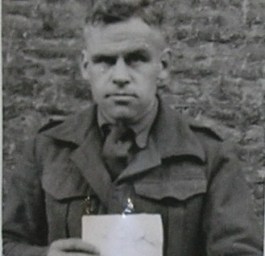
Eventually, a mention of Subedar Saw Noe was found in the archives. Captain Sell had written a report for his area of Otter, and on the last page was the following:

In the meantime, a charity called Help For Forgotten Allies had been very busy trying to find veterans in Burma and offer financial help to old servicemen and their widows. H4FA continues to work very hard to provide relief to veterans all over Burma in their very senior years.
H4FA found Saw Noe, and apart from providing him with some financial assistance, they were also able to record an interview with him, so here he is in his own words:

This article was originally published by Soe in Burma
Articles you may also be interested in
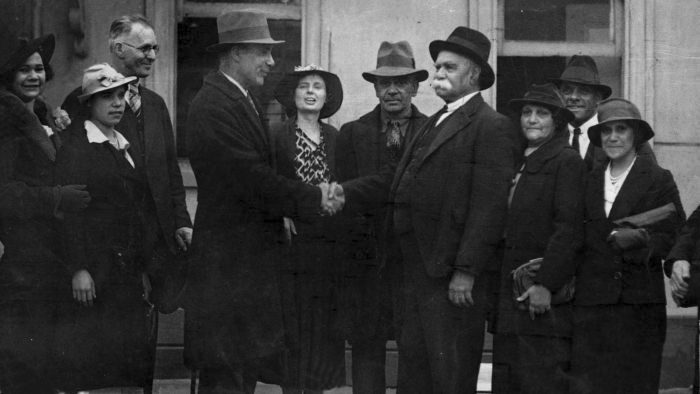
William Cooper: the Indigenous leader who petitioned the king, demanding a Voice to Parliament in the 1930s
Reading time: 7 minutes
William Cooper is not a household name, but he should be. This Yorta Yorta elder is one of Australia’s most formative political leaders.

Domino Theory and U.S. Foreign Policy
Reading time: 4 minutes
When looking at the cold war and the way the United States went about its foreign policy, you can’t escape the influence of the so-called domino theory. This belief, a common one in American’s halls of power, stated that if one country fell to communism, the surrounding ones would, too. Was there any truth in this theory, though, or was it more scare mongering?

Churchill and India: imperial chauvinism left a bitter legacy
For those who enjoy debunking the reputations of national heroes, there can be few softer targets than Winston Churchill. The phrase “flawed hero” could almost have been invented to characterise his long, wilfully erratic career. Running through it, like some bitter-tasting lettering in a stick of rock was a strain of extreme imperial chauvinism. Indeed, […]
The text of this article is republished from SOE in Burma by Dr. Richard Duckett and is licensed under a Creative Commons Attribution-NonCommercial-ShareAlike 4.0 International License.


